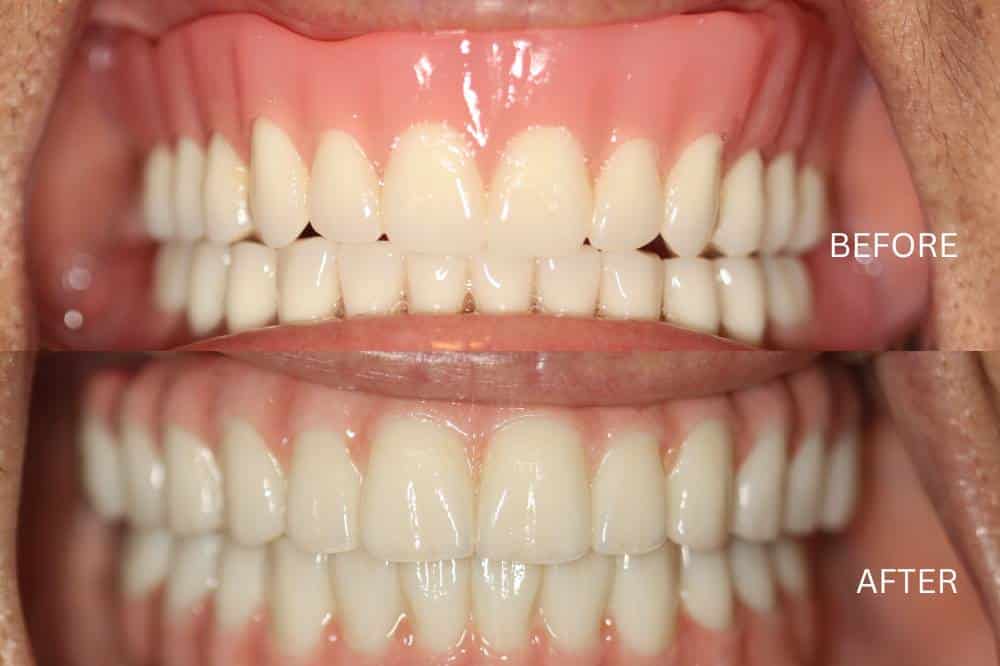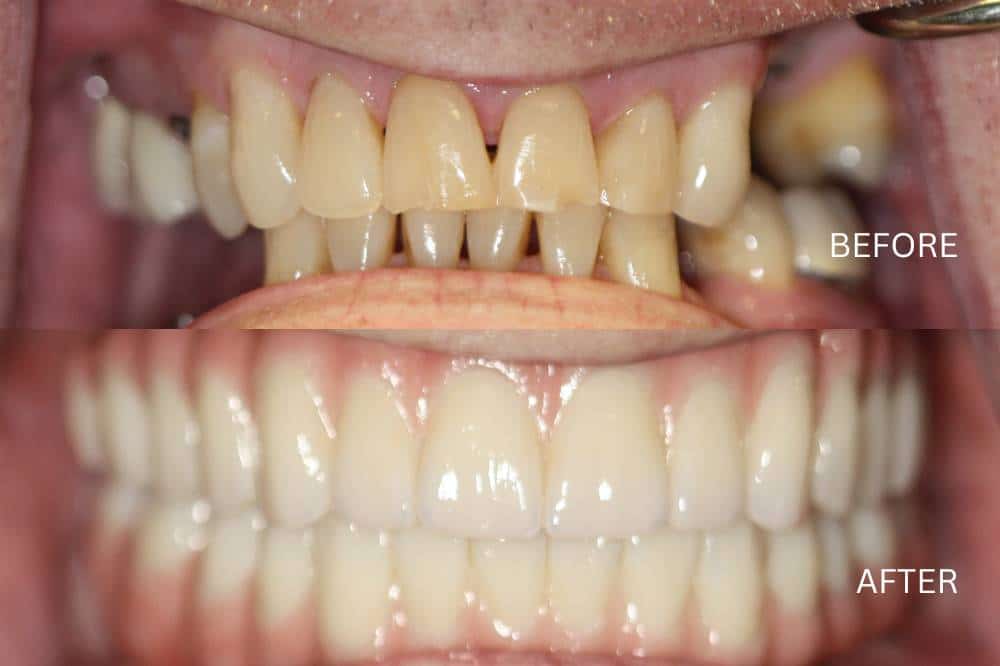Dental Implants
Dental implants in Beaufort are designed to provide a foundation for replacement teeth that look, feel and function like natural teeth. The patient regains the ability to eat virtually anything and can smile with confidence, knowing that teeth appear natural and that facial contours will be preserved.
Patient Resources
Patient Registration
Please preregister with our office by printing out our registration paperwork and returning it to our office prior to your scheduled appointment. The paperwork can be returned to us via email, mail, or fax. Should you have previous records you would like to forward to us, please contact your former dental office to authorize the release of records.
When can I schedule a visit?
Palmetto Smiles of Beaufort is open Monday and Wednesday from 8:00 a.m. to 5:00 p.m. and Tuesday and Thursday from 8:00 a.m. to 4:00 p.m. We will reserve your appointment as promptly as possible. If you have pain or an emergency situation, every attempt will be made to see you that day.
Is there a waiting list?
If your preferred appointment time is not available, we will still reserve an appointment for you, while working to get you in at your preferred time.

All-on-4 Dental Implants in Beaufort
Evaluation for Dental Implants
If you feel implant dentistry is the choice for you, we ask that you undergo a dental/radiographic examination and health history. During these consultation visits, your specific needs and considerations will be addressed by Dr. Jennifer Wallace or by an Oral and Maxillofacial Surgeon referred by our practice. Your questions and concerns are important to us and our team will work with you very closely to help make your procedure a success.
Dental Implant Procedure
Dental implants in Beaufort are metal anchors, which act as tooth root substitutes. First, they are surgically placed into the jawbone. Subsequently, small posts are attached to the implant, protruding through the gums. These posts provide stable anchors for artificial replacement teeth.
For most patients, the placement of dental implants involves two surgical procedures. Initially, implants are placed within your jawbone. During the first three to six months following surgery, the implants remain beneath the surface of the gums, gradually bonding with the jawbone. During this period, you should be able to wear temporary dentures and eat a soft diet. Concurrently, Dr. Wallace designs the final bridgework or denture, which will ultimately improve both function and aesthetics.
Once the implant has bonded to the jawbone, the second phase begins. The surgeon will uncover the implants and attach a small healing collar. Following this, Dr. Wallace can start making your new teeth. An impression must be taken, after which posts or attachments can be connected to the implants. Subsequently, the replacement teeth are made over the posts or attachments. The entire procedure usually takes six to eight months. Most patients do not experience any disruption in their daily life.

Dental Bridge Options
A dental bridge replaces missing teeth by attaching artificial teeth to adjacent natural teeth, called abutment teeth. Bridges can be either permanently attached (fixed bridges) or removable.
Fixed bridges involve placing crowns on the abutment teeth or bonding the artificial teeth directly to them. Removable bridges attach to the teeth with metal clasps or precision attachments.
If you’re missing one or more teeth, you know how important they are for your appearance and dental health. Teeth work together for many daily functions, like eating and speaking. Missing teeth make these tasks challenging, and replacing them is essential. Fixed bridges restore both your dental health and appearance effectively.
Typically, fixed bridges are cemented to the natural teeth next to the gap left by the missing tooth. A pontic (false tooth) replaces the lost tooth, and crowns on the natural teeth provide support for the bridge.
Why do I need a bridge?
Oral functionality and appearance are important reasons for wearing a bridge. A bridge helps support your lips and cheeks. The loss of a back tooth may cause your mouth to sink and your face to look older.
Without a doubt, dental health is the most important reason for a bridge. Not to mention, teeth were designed to complement each other. Unusual stresses are placed on the gums and other oral tissues when teeth are missing, causing a number of potentially harmful disorders.
How is a bridge attached?
The attachment procedure usually takes one or two appointments to complete. First, Dr. Wallace will prepare the teeth on either side of the gap by removing a portion of the enamel and dentin. Often your final bridge will be bonded in place at that same visit. In any case, Dr. Wallace chooses to use an outside lab to fabricate your bridge, you will leave with a durable temporary to eat and smile with for a few weeks until you return to the office for final bonding of your new beautiful bridge.
What materials are used?
Bridges can be constructed from gold alloys, non-precious alloys, porcelain, or a combination of these materials. Porcelain is often bonded to either precious or non-precious metal.
How do I take care of my bridge?
Overall, a strict regimen of brushing and flossing will keep the bridge and surrounding teeth clean. Most important, as the bridge relies on the neighboring teeth for support.
Book an appointment
Please use the form below to request an appointment.










